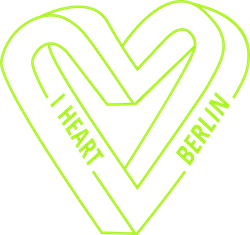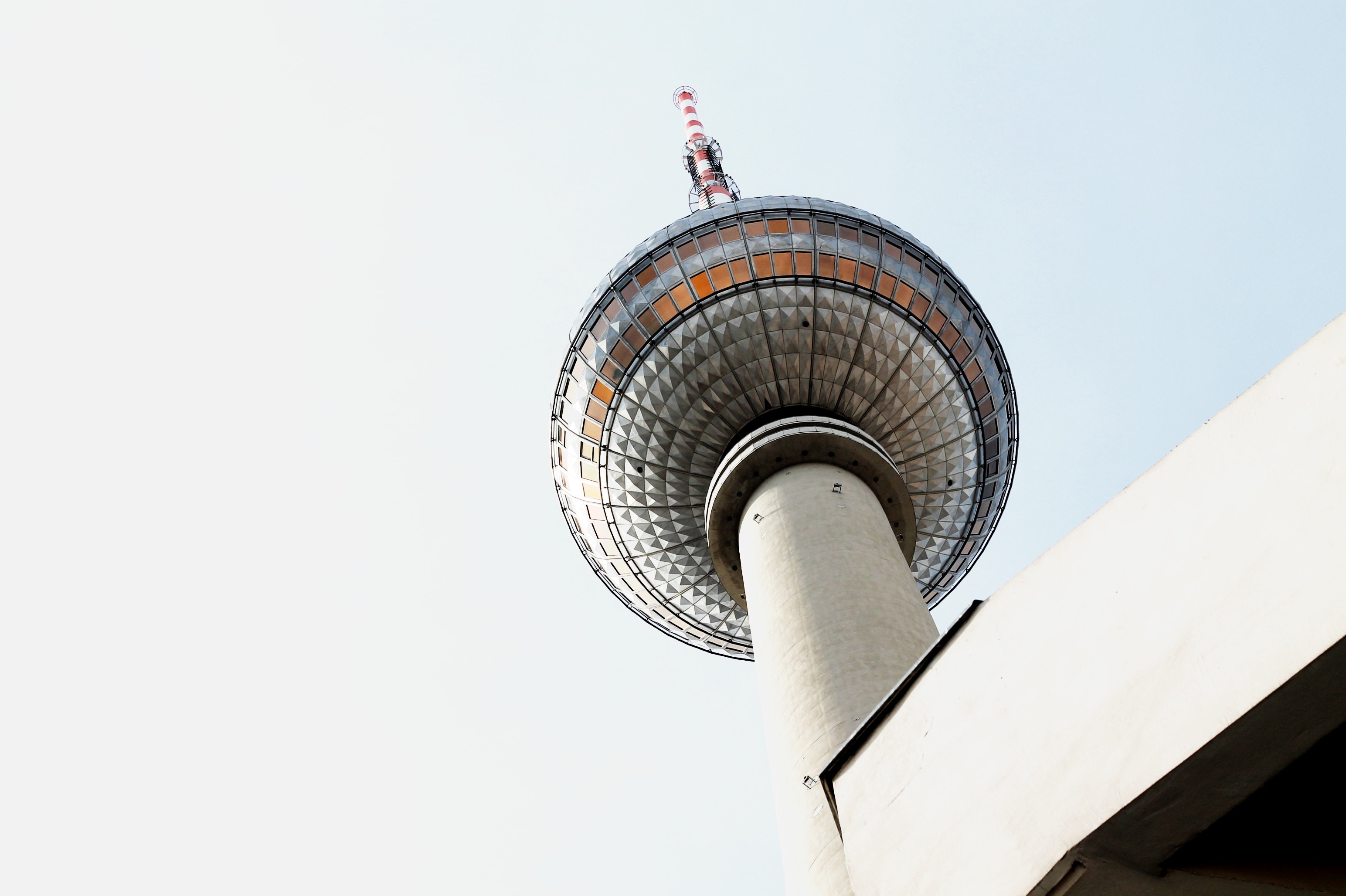photo: Camilla Bundgaard.
Perhaps one of the main thoughts when thinking about Berlin, at least for young people that is, are its popular nightclubs, music venues, events, clubs and techno parties. In fact, Berlin has been gaining a reputation of this wild and sleepless city where the party never ends. However, Berlin is much more than just an endless rave – not to mention that it was the capital of Nazi Germany and it was also infamously divided during the Cold War – and its historical landmarks are a crucial part of what makes Berlin such an interesting city. So, although we usually try not to write about mainstream tourist sights, through the big urban icons listed in this piece you will get to understand a little bit of the history behind them.
Berliner Dom
There is no doubt that the impressive baroque church is one of Berlin’s most recognizable and biggest tourist attractions. Having been built between 1895 and 1905, the Lutheran Protestant cathedral is Berlin’s largest and most important Protestant church, with quite a story attached to it. First built in 1465 as a parish church on the Spree River, it was only fully completed in 1905 under the last German Kaiser, Wilhelm II. During the Second World War, the Berliner Dom was severely destroyed by blast waves of Allied bombing that blew part of its windows, which in turn lead to an uncontrollable fire that damaged much of the Cathedral. Its reconstruction began in 1975 – after originally being set for demolition by the Soviet regime- and was finally opened to the public in 1993. During its reconstruction some changes were made, although its main structure and characteristics were maintained. The Cathedral’s interior is extremely rich and has as its main focus a large organ pipe, built by Wilhelm Sauer.
Siegessäule
Designed by Heinrich Strack to commemorate the Prussian victory in the Danish-Prussian War, the Victory Column – Siegessäule – is positioned right in the Tiergarten Park’s center while offering a great panoramic view over Berlin. Truly imposing, it marks the success of the Prussians’ defeat of the Danish in 1864 while appealing architecturally to German mythological legends and consequent imperialist symbolism. At the top of Victory Column lies an 8.3m tall gold statue of a female head – which represents Victoria, the Goddess of Victory – whose face was based on the sculptor’s own daughter. The monument was originally located in the now known Platz der Republik but it was moved to its current location by the Nazi party in 1938–39.
photo: Adam Wyles / CC
Fernsehturm
The TV tower is a landmark that cannot go unnoticed. As well as being the tallest structure in Berlin – and the second highest in Europe – the Fernsehturm is a regular presence in social media networks as it is one of the most sought after buildings to photograph. Constructed in the 60’s by the late socialist architect Hermann Henselmann, its design was carefully planned as the icon was deliberately built with the aim of demonstrating the strength and efficiency of the socialist system. Its location was also not an accident as it is positioned in Alexanderplatz, right in the heart of the city center. Over the years, the tower has become one of the most prominent symbols of Germany and is often in the establishing shot of films set in Berlin.
photo: polaroidville
Brandenburger Tor
The Brandenburg Gate is a Classicist city gate that famously straddled the East-West “death-strip” during the Cold War division of Berlin and which has more than 200 years of history. Located in Mitte, it is easily the most renowned monument in town and few or none are the tourists who do not pay the icon the typical visit. Built on the orders of Prussian king Frederick William II, it was meant to represent peace and despite the tumultuous events and dramatic history around it, the Gate has reconfirmed its initial purpose during the reunification of Germany following the fall of the Berlin Wall in November 1989. Nowadays, Brandenburger Tor represents not only the New Berlin’s symbol of unity but also a symbol of cohesion and resilience. Curious fact – it was here on June 12, 1987, that Ronald Reagan stated his famous speech “Mr. Gorbachev – tear down this wall!”.
photo: fidel_barto / CC
Text: Matilde Velho Cabral
* * *
 Matilde Velho Cabral is a Portuguese girl in love with the colorful corners of cities and the melancholic beauty of words. She published a poetry book, studied Law and recently moved to Berlin to do a MA in Convergent Journalism. She loves to communicate and wants to discover the intertwined patterns of those who inhabit Berlin. Often she likes to hear whale sounds and her favorite book is “Lolita”.
Matilde Velho Cabral is a Portuguese girl in love with the colorful corners of cities and the melancholic beauty of words. She published a poetry book, studied Law and recently moved to Berlin to do a MA in Convergent Journalism. She loves to communicate and wants to discover the intertwined patterns of those who inhabit Berlin. Often she likes to hear whale sounds and her favorite book is “Lolita”.





